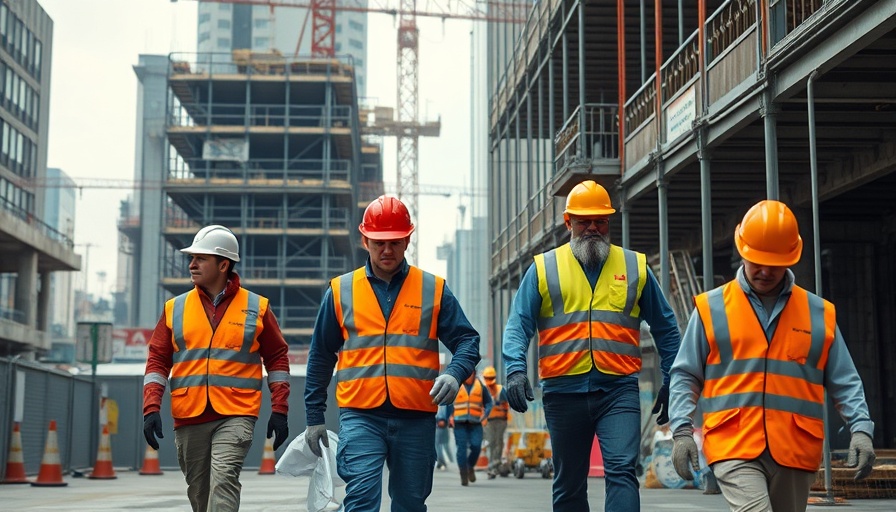
Redefining Engineering Education in Wisconsin
The University of Wisconsin-Madison is embarking on a significant transformation of its engineering program with the recent groundbreaking of the Phillip A. Levy Engineering Center. This 395,000-square-foot facility is set to address the escalating demand for engineering education in the state by significantly increasing student capacity and enhancing the university's ability to admit more than 1,000 undergraduate students. The project, which has garnered $419.8 million in total funding, is expected to not only modernize educational resources but also serve as a model for sustainable construction.
The Complexity of Funding in Higher Education
Securing funding for the engineering center was fraught with challenges, demonstrating the intricate ties between politics and educational policy. The funding battle highlighted a tense negotiation landscape where diversity, equity, and inclusion (DEI) initiatives became critical bargaining points. Despite initial delays caused by political opposition, Governor Tony Evers affirmed his support for the project, thus allowing vital state contributions amounting to $226.4 million. The resolution of these issues signifies not just a win for the university but also a potential shift in how state funding is allocated in the future.
Sustainable Practices at the Heart of the Design
This new engineering center incorporates mass timber and sustainable components, reflecting a growing trend in the construction industry towards environmentally friendly design practices. The building's construction will involve innovative engineering techniques aimed at reducing the carbon footprint—a consideration that is increasingly making its way into facility planning and development. With construction firms like Findorff leading the way, the facility is set to align with contemporary standards for sustainable building practices and energy efficiency.
Strategic Implications for the Region’s Workforce
The establishment of the Phillip A. Levy Engineering Center comes at a crucial time as Wisconsin grapples with workforce shortages in the technical field. The facility's expansion is poised to bolster the state's engineering workforce, supplying future graduates capable of meeting local and national industry demands. As business owners and facility managers increasingly seek out talent with specialized skills, the timely opening of this engineering center positions UW-Madison as a key player in addressing labor market challenges.
Actionable Insights for Stakeholders
For businesses and stakeholders invested in the future of construction and engineering education, the lessons learned from this project emphasize the importance of navigating funding complexities and advocating for sustainable practices. Stakeholders can look to initiatives like the Phillip A. Levy Engineering Center as a case study in strategic planning and resource allocation, encouraging them to advocate for expansion projects that not only meet immediate organizational needs but also align with broader societal goals of sustainability and inclusiveness.
 Add Row
Add Row  Add
Add 




Write A Comment